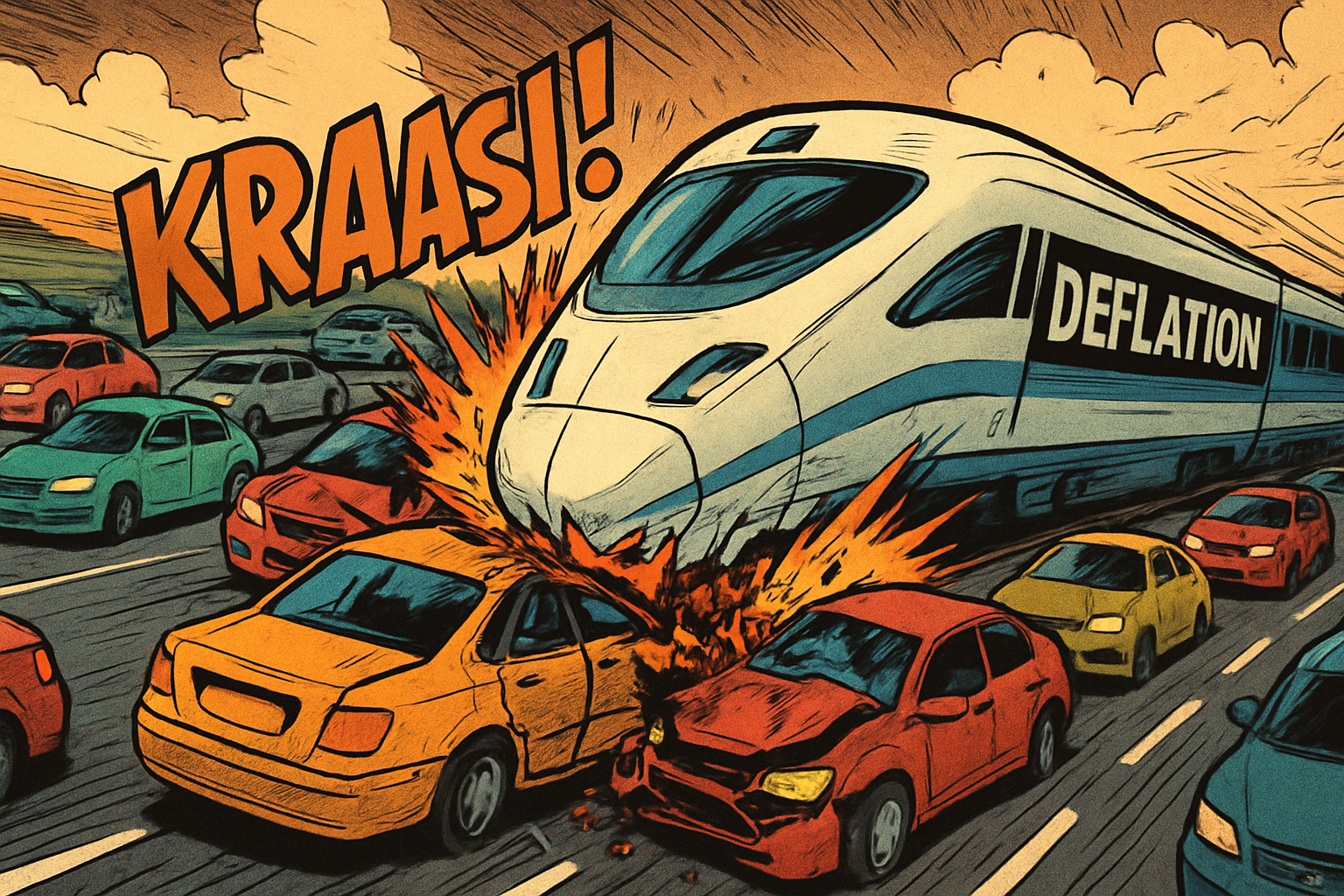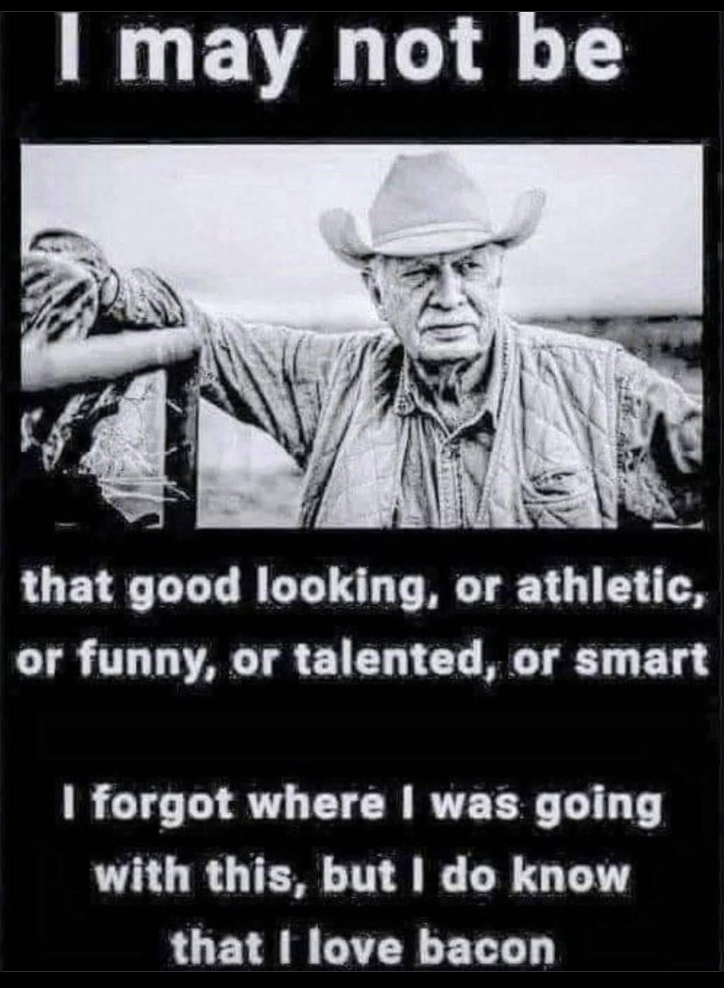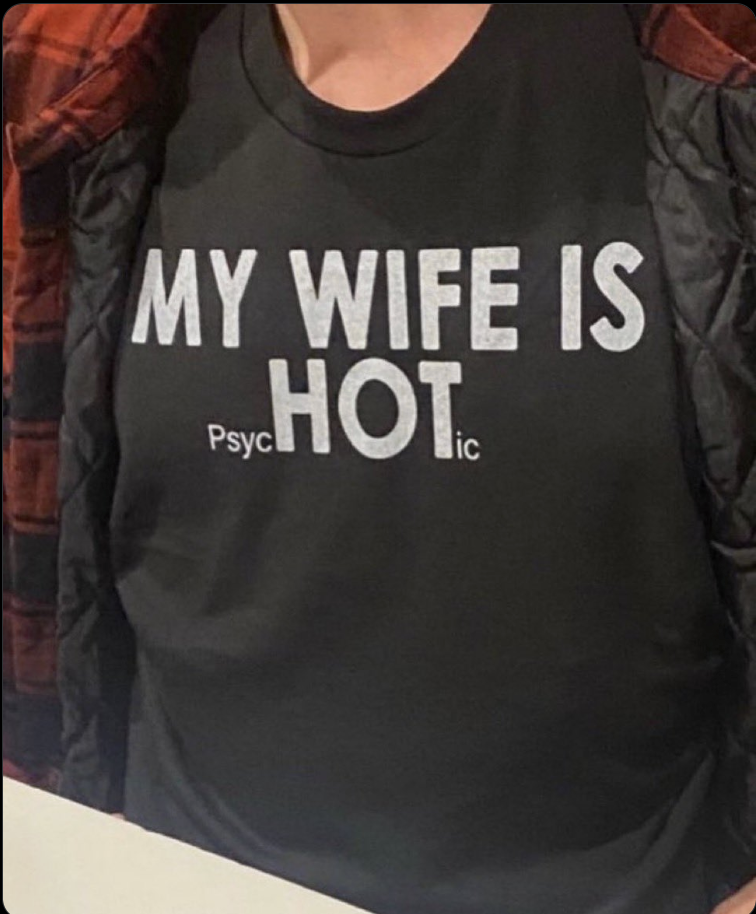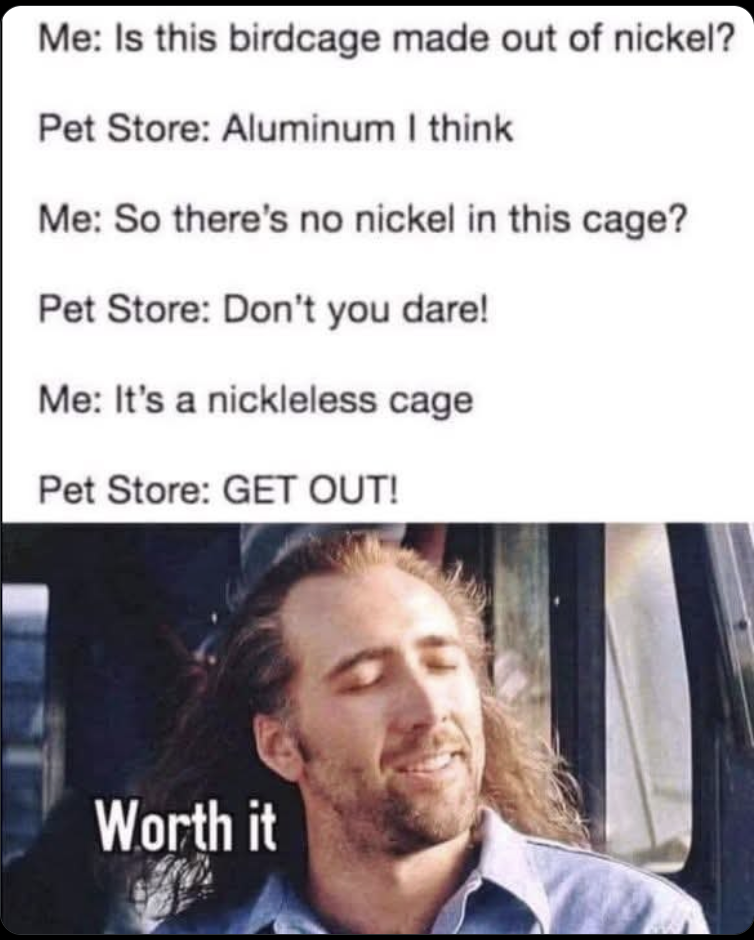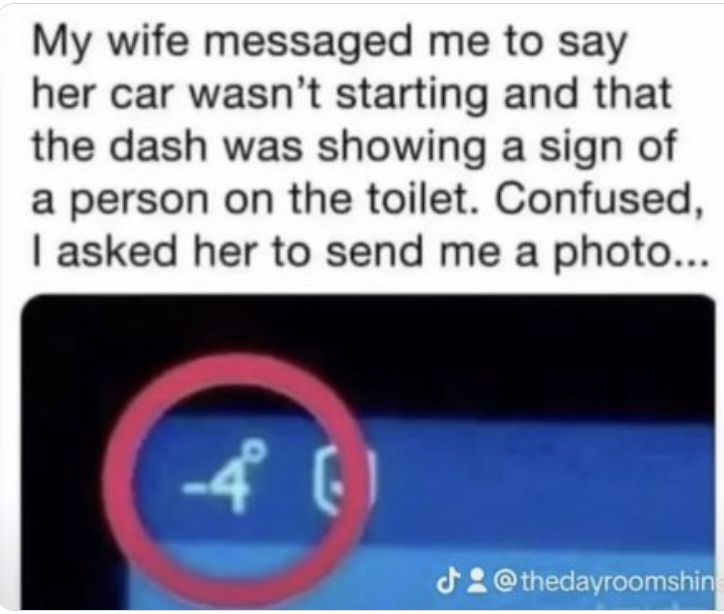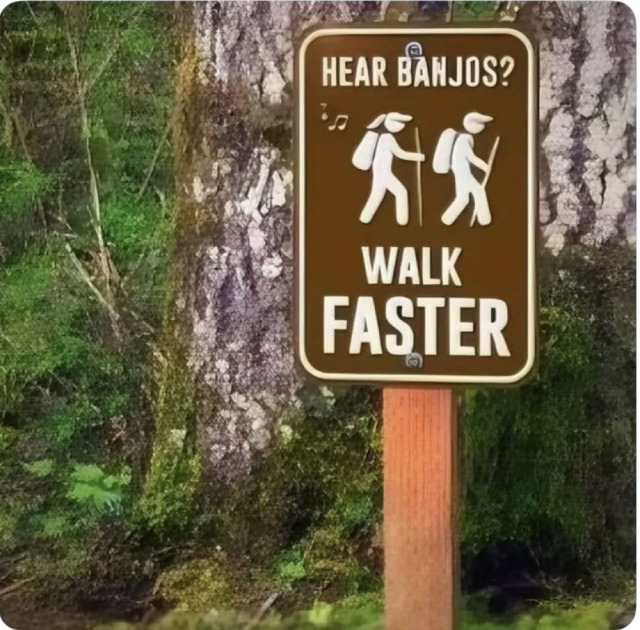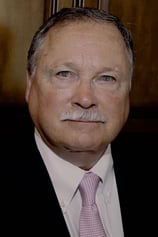
There is good news coming, so don't go out and kill yourself. [Chuckle]
If the U.S. and China go to war, your life will become hell. You will mourn, along with your neighbors who had children in the Navy, the loss of 10,000 sons and daughters when the Chinese use their hypersonic missiles to sink at least two of our carriers and dozens of our smaller warships.

Your combined income tax rate will probably increase by 15% (from 30% to 45%), as the Federal government struggles to replace the 40 warships it lost in the opening hours of the war.
You will be lucky to keep your job. Unemployment could easily soar to 20%, as worried and/or broke U.S. consumers stop buying. If you do keep your job, you will definitely NOT be getting a raise.
After the first ten days of the war, the average American will finally understand our massive shortage of missiles, as our carriers, warships, and marines are forced to retreat across the map. We can't replace these missiles because we lack the rare earth magnets needed to make them.

The cost of imports will skyrocket. Everything will cost dramatically more. The Dollar Store will become the Five Dollar Store. Inflation might reach 20%.
Foreign investors will flood out of Treasury bonds, as there is a genuine risk of default. We could easily lose a war with China. Real estate will fall by 45%, between an initial 25% plunge, followed by a second, more prolonged 20% decline. Once Hawaii has fallen, West Coast real estate will be in easy range of Chinese ship-mounted missiles.
Interest rates will skyrocket. Thirty-year Treasuries will probably soar to 12%. Mortgage rates will be in the 14% range. Loan-to-value ratios will plunge to 60%. It almost won't matter. No one will be buying houses or refinancing their sub-5% mortgages.
My wife keeps duct tape
handy to use on me.

Life is going to suck.
Now the Good News:
Xi Jinping, the President of China, the head of the CCP, and the Chairman of the Chinese Central Military Commission has effectively been deposed.
Right before the Fourth Plenum, Xi's rival and current head of the PLA, Zhang Youxia, deposed the nine highest ranking generals and admirals loyal to Xi. By the end of the Fourth Plenum, Xi Jinping had been stripped of his power, but not his titles.
The CCP's elders realize that China's economy is a disaster. By shooting off his mouth and announcing his intention to go to war in 2027, Xi scared foreign investors into fleeing China, with their money. Near-shoring and friend-shoring are now all the rage.

The consumer market in China also clammed up, as terrified Chinese citizens started hoarding their cash. We have all heard of the empty Chinese malls and restaurants. Everyone is hoarding cash for the war.
Fortunately, the party elders have reined in Xi. Right now he is just a figurehead. However, if Xi can provoke a war, he will be catapulted back into power. Anyone resisting Xi's reinstatement as head of the military will be deemed a traitor. "Rally around the flag, Boys!"
It reminds me of that scene in Braveheart, when the nobility of both sides were meeting for a parley before the Battle of Stirling Bridge. When his men asked William Wallace (Mel Gibson), "Where are you going?" Braveheart replied, "I'm going to pick a fight."

Right now Xi Jinping is sending his Naval and Merchant Marine cronies to pick a fight with the Filipinos, the Japanese, or the Taiwanese. We are definitely not out of the woods yet.
















